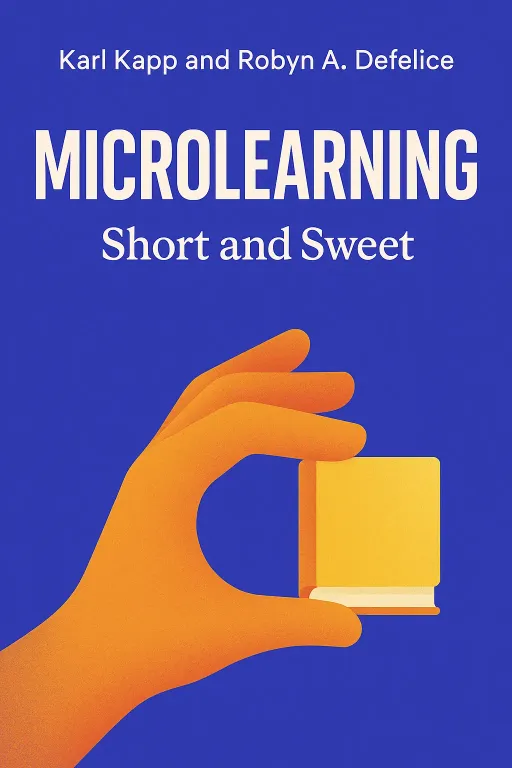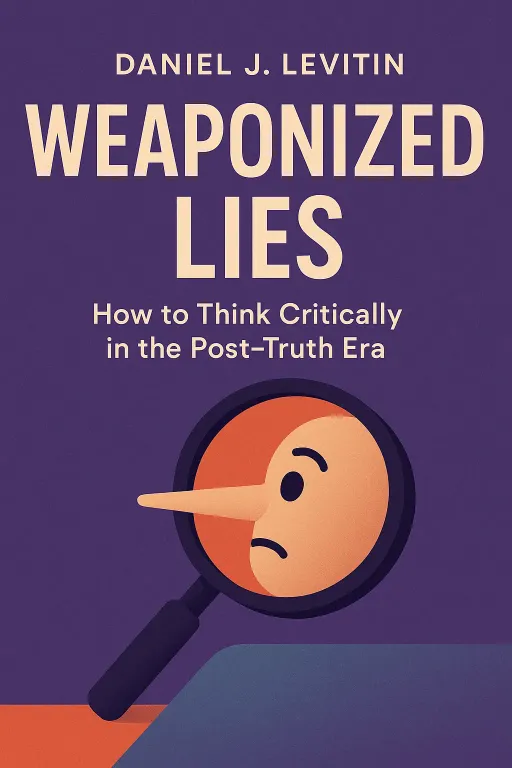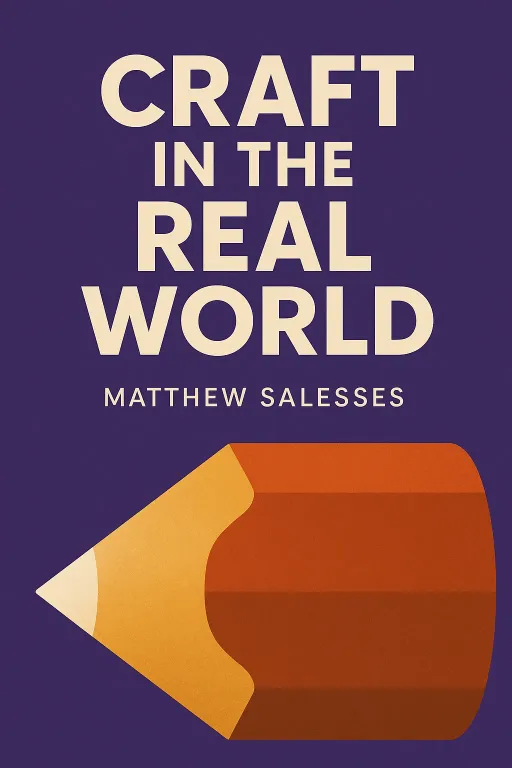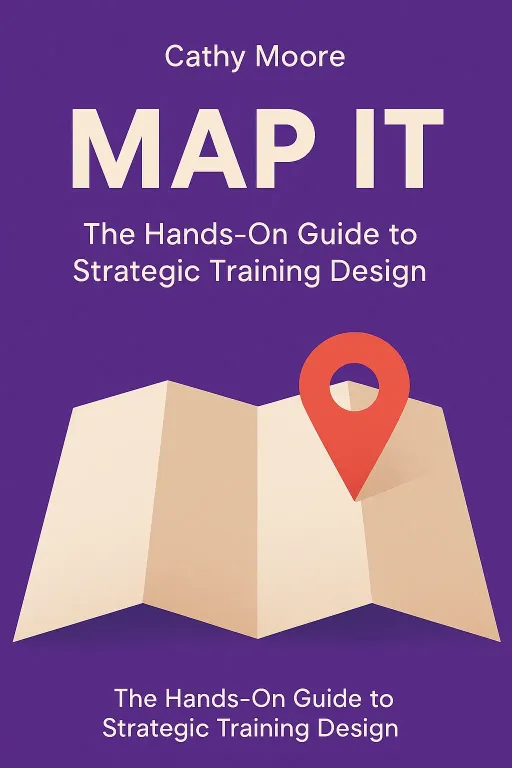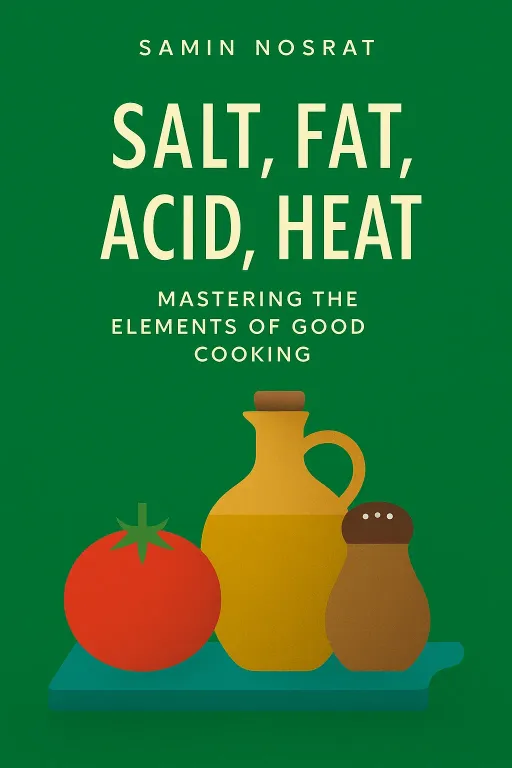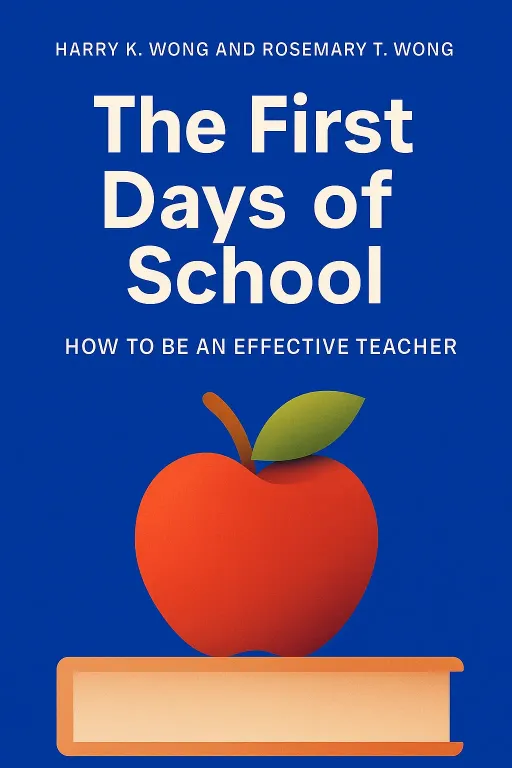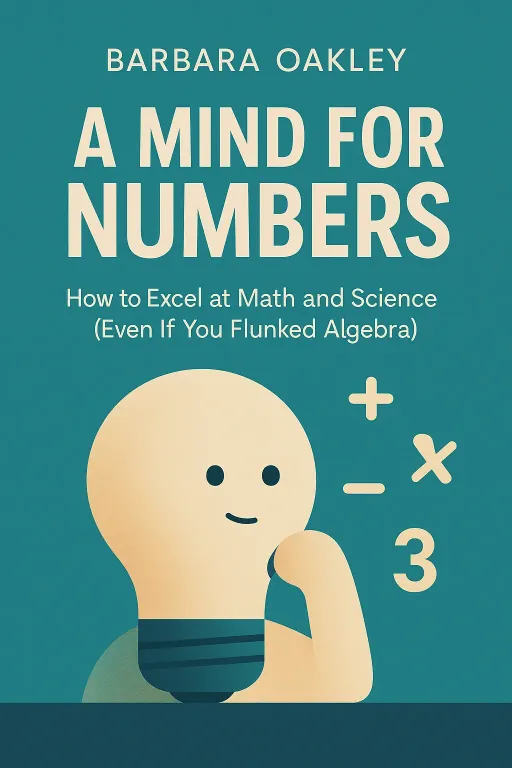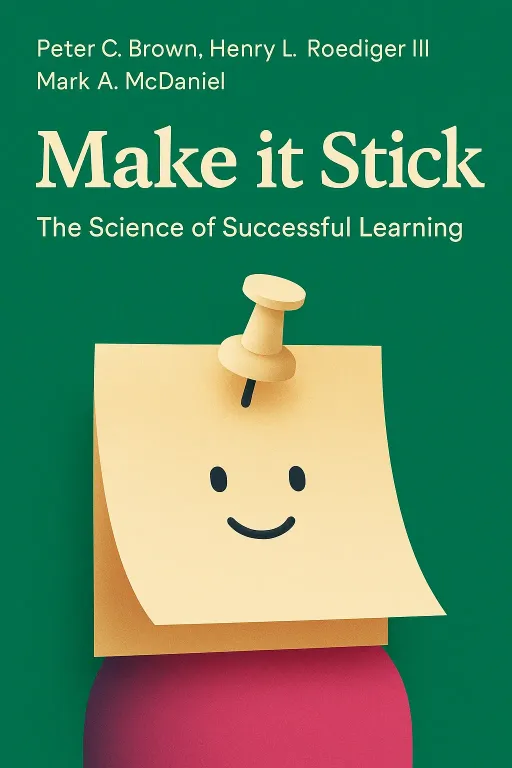
The Learning Code: Mastering Memory for Law, Leadership, and Life
9 minGolden Hook & Introduction
SECTION
Dr. Celeste Vega: Imagine a student, Ninie. He's the model student: attends every lecture, takes meticulous notes, highlights his textbook until it's glowing yellow. He studies for hours, rereading everything until he feels totally confident, like he knows the material inside and out. Then he takes the first exam... and gets a D.
Ninie: Oh, that is a nightmare scenario. It’s the kind of story that keeps people up at night, especially if you're preparing for something really demanding. You feel like you've put in all the work, done everything right, and it just doesn't pay off. It’s terrifying.
Dr. Celeste Vega: It is! And it's a true story from the book we're discussing today, "Make It Stick: The Science of Successful Learning." That student's failure is a perfect example of what the authors call the 'illusion of knowing.' It’s this dangerous gap between like you know something and knowing it.
Ninie: The illusion of knowing. I love that phrase because it’s so accurate. It captures that false confidence perfectly.
Dr. Celeste Vega: Exactly. So today, we're going to tackle this from two perspectives. First, we'll expose that illusion and why the common study habits we all use—the ones that feel so productive—are often a trap. Then, and this is the exciting part, we'll reveal the powerful, science-backed secrets of effective learning, the strategies that actually forge strong, durable memories.
Ninie: I'm ready. As someone interested in law and always focused on self-growth, figuring out how to learn effectively and not waste time is the ultimate goal.
Deep Dive into Core Topic 1: The Trap of 'Easy Learning'
SECTION
Dr. Celeste Vega: Great. So let's start with that trap. Why did that student fail? He was diligent, he put in the hours. The problem was his method. He relied on rereading and massed practice, or what we call cramming.
Ninie: The two pillars of late-night studying for basically everyone.
Dr. Celeste Vega: Right? And they feel so effective! When you reread a chapter, the words flow easily, it feels familiar. The authors call this 'fluency.' Your brain mistakes this fluency for mastery. But it's a trick. Think about this simple example from the book: the Penny Memory Test.
Ninie: Okay, what's that?
Dr. Celeste Vega: Researchers show people a dozen different drawings of a U. S. penny, but only one is correct. The others have small errors—Lincoln is facing the wrong way, the text is in the wrong spot. Even though we've seen a penny thousands of times in our lives, most people can't confidently pick the right one.
Ninie: That's so true. I'm trying to picture one now and I'm already second-guessing myself. Is "In God We Trust" on the top? I have no idea.
Dr. Celeste Vega: Exactly! That's the difference between exposure and learning. You've been exposed to pennies, but you haven't done the work to learn the details. The distressed psychology student from the story made the same mistake. He attended every lecture, took great notes, and highlighted all the key passages. Then, to study, he just reread his notes and the highlighted text over and over.
Ninie: It sounds so responsible.
Dr. Celeste Vega: It does! But what he never did was close the book and try to recall the concepts from memory. He never tried to rephrase the main ideas in his own words or connect them to what he already knew. He created an illusion of fluency, but when the test asked him to the concepts, the knowledge wasn't there. It was like writing in sand—here today, gone tomorrow.
Ninie: That distinction is critical. It feels like the difference between recognition and recall. When you're rereading, you're just recognizing the material. "Oh yeah, I remember seeing that." But on an exam, or more importantly, in a real-world situation, you need to recall it without any cues.
Dr. Celeste Vega: Precisely.
Ninie: I can see this so clearly in the context of law. You could read a case a dozen times and feel like you know it. You'd recognize the name, the basic facts. But in a courtroom or a negotiation, you can't just 'recognize' the precedent. You have to recall the specific legal reasoning, the holding, and apply it to a new set of facts. That fluency trap isn't just a bad grade; it could be a lost case. It's a huge pitfall.
Dr. Celeste Vega: That's a perfect, high-stakes example. The familiarity gives you a false sense of security, but the knowledge is shallow and brittle. So, if the easy way is the wrong way, what's the right way?
Deep Dive into Core Topic 2: Desirable Difficulties
SECTION
Dr. Celeste Vega: And that brings us to the most powerful and counterintuitive idea in the book: the solution isn't to make learning easier, but to embrace what the authors call 'desirable difficulties.'
Ninie: Desirable difficulties. That sounds like a paradox. Why would you want learning to be difficult?
Dr. Celeste Vega: Because the effort is what makes it stick. The book has this fantastic quote: "Learning that’s easy is like writing in sand, here today and gone tomorrow." The struggle to retrieve information is what tells your brain, "Hey, this is important! Build a stronger pathway to this memory." The most powerful desirable difficulty is a technique called retrieval practice.
Ninie: Which is basically... testing yourself?
Dr. Celeste Vega: Exactly! It's the simple act of recalling facts or concepts from memory. It's not just a way to measure learning; it learning. There's a brilliant study in the book that makes this crystal clear. Researchers worked with an eighth-grade science class.
Ninie: Okay, I'm listening.
Dr. Celeste Vega: They divided the class material. For one part of the material, the students were given low-stakes quizzes on it three times during the semester. For another part, they just reviewed the material three times—no quiz, just rereading the facts. And a third part was the control, with no extra review or quizzing.
Ninie: So, quizzing versus rereading. What happened?
Dr. Celeste Vega: A month later, they gave all the students a final test on all the material. The results were stunning. For the material that was just reviewed, the students averaged a C+. But for the material that was quizzed? They averaged an A-minus.
Ninie: Wow. A full letter grade and a half higher. That's not a small difference.
Dr. Celeste Vega: It's a massive difference! Same students, same material, same amount of time. The only thing that changed was the method. The act of pulling the information out of their brains—the retrieval practice—was dramatically more effective than passively reviewing it. Another strategy is spacing—spreading out your practice sessions. Instead of cramming for five hours on Sunday, it's far better to study for one hour each day for five days. That little bit of forgetting that happens between sessions forces your brain to work harder to retrieve the information, which, again, strengthens the memory.
Ninie: So the struggle is the point. It's not a sign of failure; it's a sign that the process is working. This completely reframes how I think about building habits or skills. For self-growth, this is huge. It means it's not enough to just read a book on leadership or creativity.
Dr. Celeste Vega: Right.
Ninie: The real work is trying to actively recall its principles when you're in a tough meeting or facing a blank page. It's about making it an active, effortful process throughout the week, not just a passive consumption of information on a Sunday afternoon. The effort the learning.
Dr. Celeste Vega: You've just perfectly summarized the core of the book. It's a fundamental shift from "how do I get this information my head?" to "how do I practice getting this information my head?"
Synthesis & Takeaways
SECTION
Ninie: It really is a mindset shift. We're so conditioned to seek the path of least resistance, to find the easy way. But this science says that for learning, the path of resistance, as long as it's a 'desirable' difficulty, is what leads to mastery.
Dr. Celeste Vega: Exactly. We have to fight our intuition. Easy feels good and productive, but effortful is what actually builds lasting knowledge. So, the big takeaway is to stop being a passive rereader and start being an active retriever.
Ninie: It’s about becoming an active participant in your own learning, not just a spectator. That seems to apply to everything—improving your motivation, your leadership skills, anything. You have to practice pulling out the knowledge when it matters.
Dr. Celeste Vega: So, for everyone listening, especially you, Ninie, as you think about your goals, here is a simple, powerful challenge. A direct application of retrieval practice. The next time you finish reading a chapter of a book, an important article, or even after listening to this podcast—just close it. Put it away.
Ninie: No peeking.
Dr. Celeste Vega: No peeking! Take out a blank piece of paper or open a new document and write down the main ideas. What were the key arguments? What stories stood out? Try to explain the concepts in your own words. It will feel hard. You will forget things. You'll feel like you're failing. But that struggle is not failure. It's the sound of your brain making it stick.
Ninie: I love that. It's an immediate, actionable way to turn a passive activity into an active one. It's not just a memory trick; it's a whole new habit for learning. Thank you, Celeste. This has been incredibly insightful.
Dr. Celeste Vega: The pleasure was all mine, Ninie. It's a game-changer.
